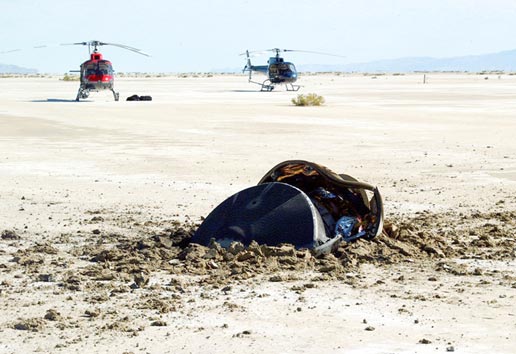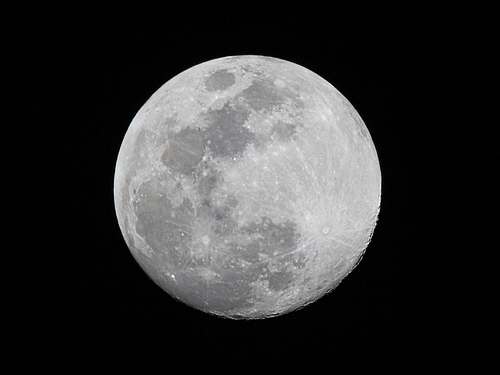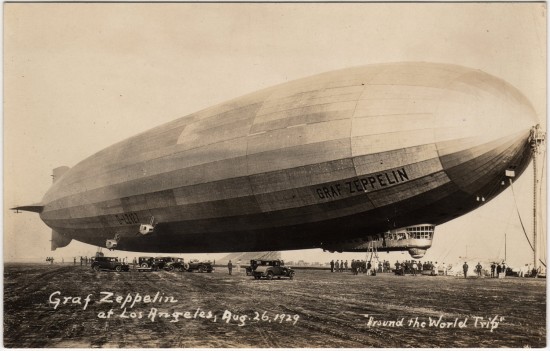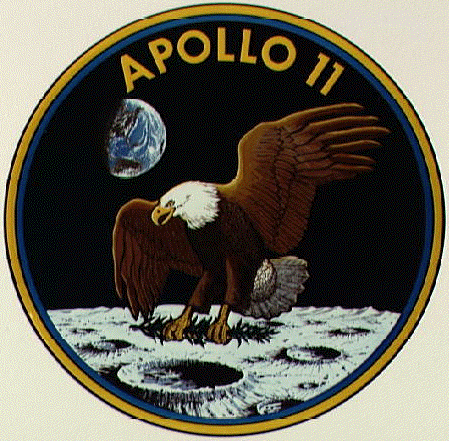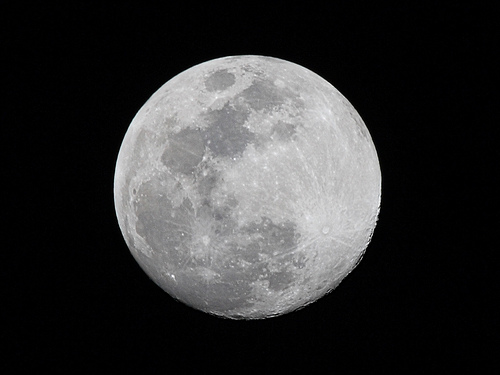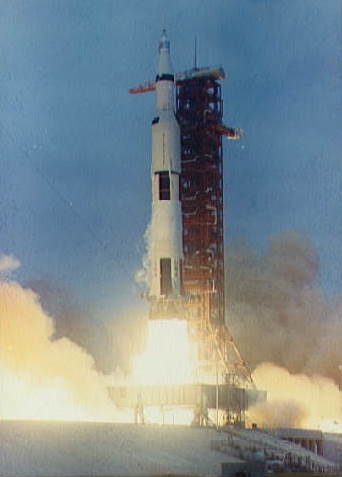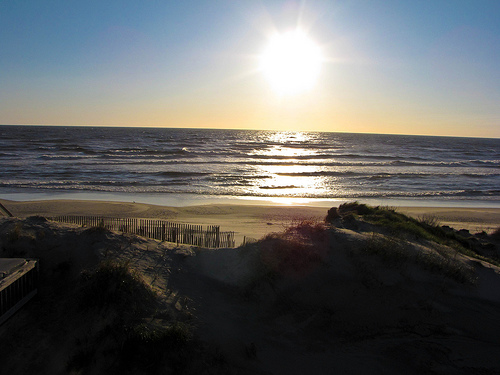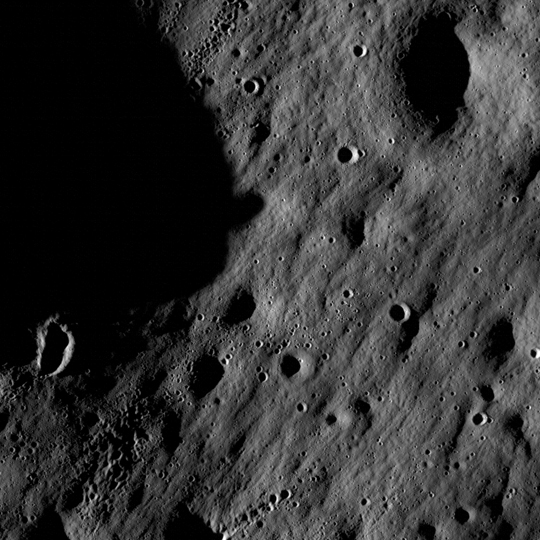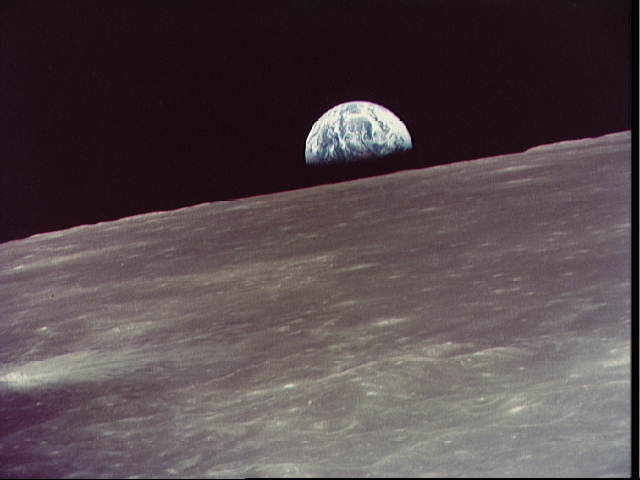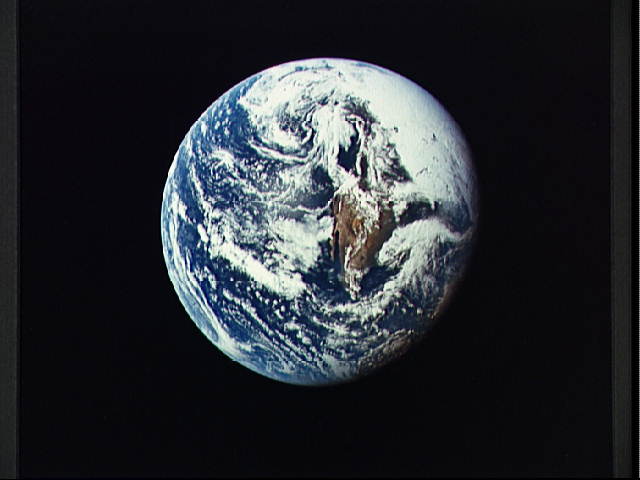Fifty years ago today — September 17, 1959 — Scott Crossfield made the first powered flight in an X-15, dropped off the wing of NASA’s B-52 flying out of Edwards AFB, CA.

(Cutaway drawing of the X-15. NASA Photo E62-7893.)
Here’s a NASA story commemorating the first flight, and a nice feature on Crossfield and his career.
And forty years ago today, the Smithsonian Institution unveiled the first lunar rock ever put on public display: brought back by Apollo-11, of course. Today I wonder if we have the national will to go back to the moon, or to go anywhere; the recent Augustine Panel noted that it’s technically feasible, but by damn it better be technically feasible by the 2020s if we did it back in the 1960s. It’s all a matter of money, and whether we see it as a cost or as an investment.
For the moment we have to content ourselves with the Lunar Crater Observation and Sensing Satellite (LCROSS) mission, due to smash into crater Cabeus-A in about three weeks to try to verify if the hydrogen concentrations detected on the moon are in the form of water ice.
I hope LCROSS finds water, and more than expected . . . but even if it doesn’t, that’s only one spot in one crater. It will take other investigations to prove whether the moon is completely devoid of water. (Why I care: The characters in my novel collect ice that’s been dredged up microgram by microgram out of the bottom of Faustini crater, and since Faustini was on the “short list” of possible LCROSS impact points [according to a graphic shown during the 11 September press conference] I think my fictional world is still plausible for now.)




